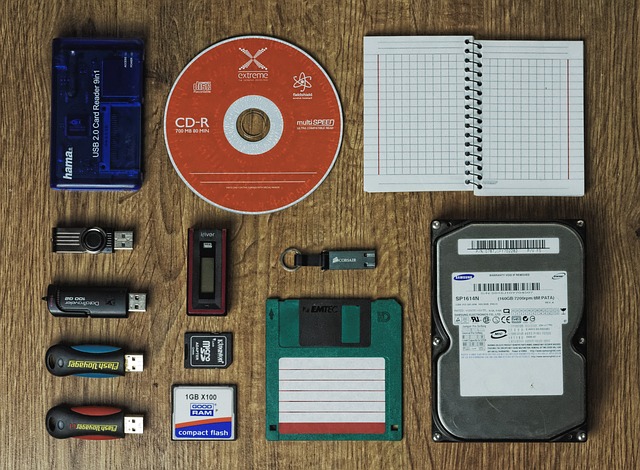There are many reasons to store data on multiple devices. For example, you might give a presentation at school, complete the presentation on your home computer, and then want to review it on your cell phone on the way to school before your presentation. This is because storing the data in online storage makes it easily accessible from a variety of devices, and the data can be downloaded, edited, and re-uploaded. Just be aware that if you use Word to edit online, for example, the layout will be very broken.

The advantage of such a repository is that you can share folders with colleagues working on projects together. Of course, you need to keep good backups. Losing data that you have worked on for a long time is not something to be happy about.
Physical storage
If you are working with heavy software and your data is already of a solid size, you may find that upload speeds are slow. If you are working with heavy software and your data is already of a solid size, your upload speed will be limited by the speed of your connection. Additionally, it may be advantageous to store the data on external storage, such as a flash drive. This is because the program will edit the data directly from there, eliminating the need to download the data from online storage, work with special software, and play it back instead of the old data. This way we can always just plug the disk into another device and work right away. However, it is also ideal to store the data online or elsewhere for backup purposes.

CIf you choose an external drive, an SSD definitely leads in speed and doesn\’t mind moving around a lot. On the other hand, HDDs are still much cheaper when comparing both drives of the same capacity. So it depends on what you use the drive for and how often you move with it. In many cases, it is worth the investment, as it can be a really big help in saving time and work.





